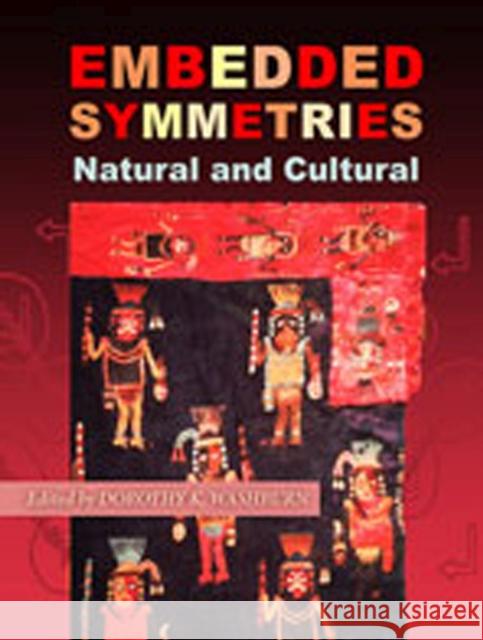Embedded Symmetries: Natural and Cultural » książka
Embedded Symmetries: Natural and Cultural
ISBN-13: 9780826331526 / Angielski / Twarda / 2004 / 199 str.
The ten participants in this volume explore non-representational patterns from perceptual and cultural perspectives. Archaeologists, anthropologists, art historians, and psychologists lend their views on how patterns and symmetry are expressed and resonate in a variety of human relationships and institutions. The authors reveal how symmetric relationships in human visual, verbal, and kinesthetic manifestations are integral to cultural identity. Diane Humphrey uses developmental studies of children and adults to explore how humans learn to recognise and reproduce symmetry. Michael Kubovny and Lars Strother focus on mathematically- and perceptually-based understandings of symmetry while Thomas Wynn uses the production of symmetrical tools as a basis for analysis. Dorothy Washburn attempts to understand why symmetrical representations take the forms they do, and she develops an evolutionary model of the development of representational formats. Anne Paul seeks to understand the logic behind colour and structure of Paracas textiles, and Ed Franquemont examines conceptual expression in Andean weaving. Peter Roe presents evidence that the Amerindian world view can be found in design organ











